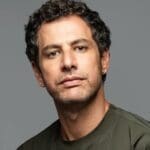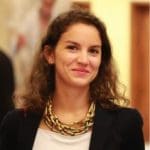Jerusalem 2050: A largely-Jewish high-tech tourist destination with a minimal Palestinian presence. This is Israel’s vision of the city, and it is being implemented through three master plans – two of which are relatively unknown. Drawing on a new Al-Shabaka policy brief, Al-Shabaka Policy Fellow Nur Arafeh will provide an analysis of all three plans and the ways in which Palestinians can rebut them, while Maha Samman will draw on her knowledge of Israel's urban plans to address developments in Jerusalem, and Raja Khalidi will focus on the political economy of East Jerusalem based on his extensive experience in this sphere.
Speakers:
Nur Arafeh is a policy fellow with Al-Shabaka, the Palestinian Policy Network.
Maha Samman is an assistant professor in the architecture department at the Centre for Jerusalem Studies, al-Quds University.
Raja Khalidi is a Palestinian economist who worked until 2013 with the United Nations Conference on Trade and Development (UNCTAD) and is now research coordinator at Palestine Economic Policy Research Institute (MAS).
This was a joint event between the Kenyon Institute, Al-Shabaka, the Educational Bookshop, and the Center for Jerusalem Studies.







